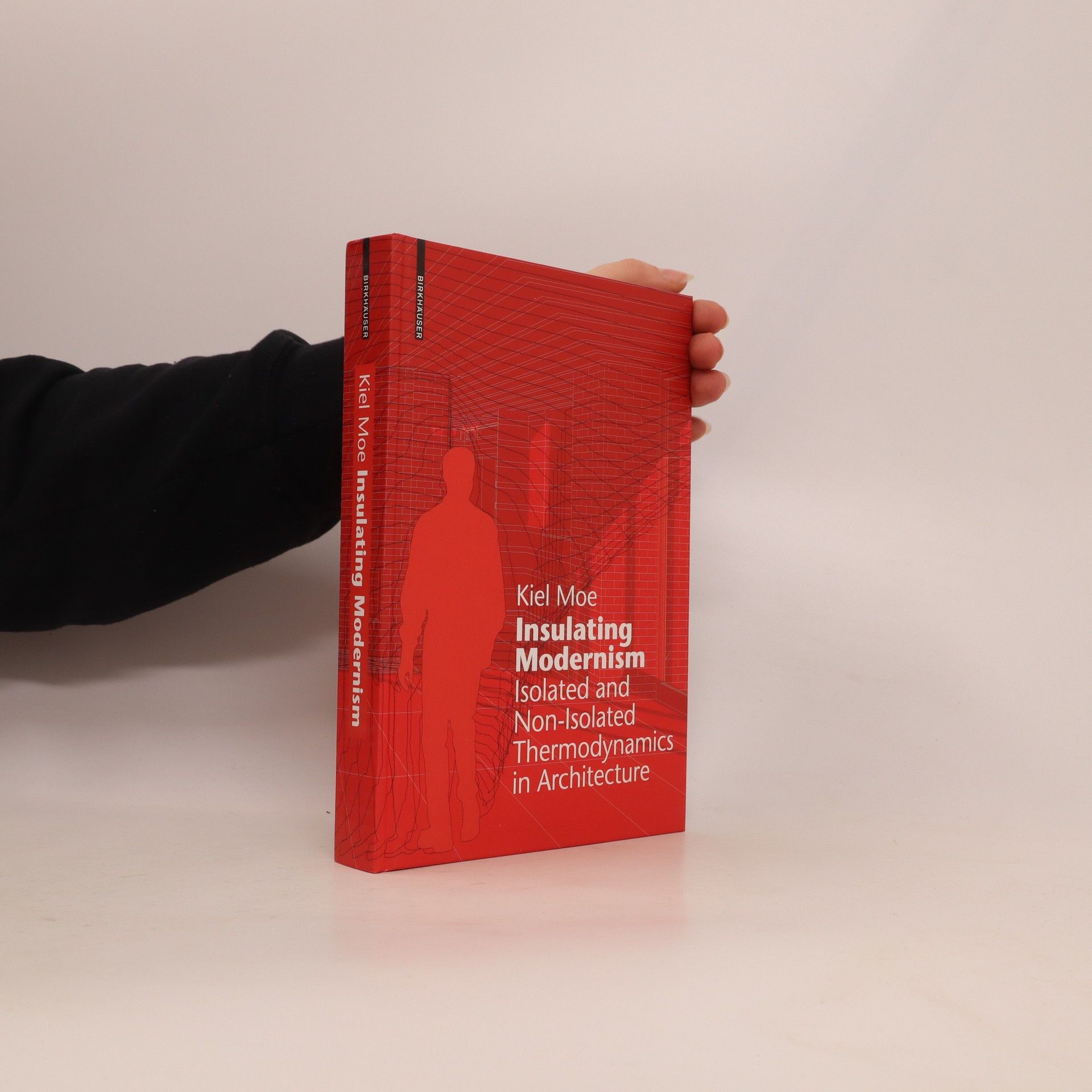More about the book
What is the best way to consider energy in buildings? For over a century, the building industry has largely focused on ideas of insulation and isolation for its energetic practices. A growing movement of designers claim that other concepts and practices are required for the non-isolated energy systems of architecture. This book describes the history, theory and facts of the mainstream isolation technologies and the emerging alternative design approaches. It is a book on the scientific, material, and design history of building isolation; but more importantly, it is a book on isolated and non-isolated perspectives on energy in architecture. Written by a registered practicing architect with detailed technical knowledge, who is at the same time a researcher and experienced teacher, the aim is to understand the different scientific, architectural and cultural approaches to energy and to promote a non-isolated perspective: a thermodynamically accurate, ecologically powerful, culturally relevant, and architecturally ambitious perspective on energy in architecture.
Book purchase
Insulating Modernism. Isolated and Non-isolated Thermodynamics in Architecture, Inc ebrary, Kiel Moe
- Language
- Released
- 2014
- product-detail.submit-box.info.binding
- (Hardcover)
Payment methods
No one has rated yet.
